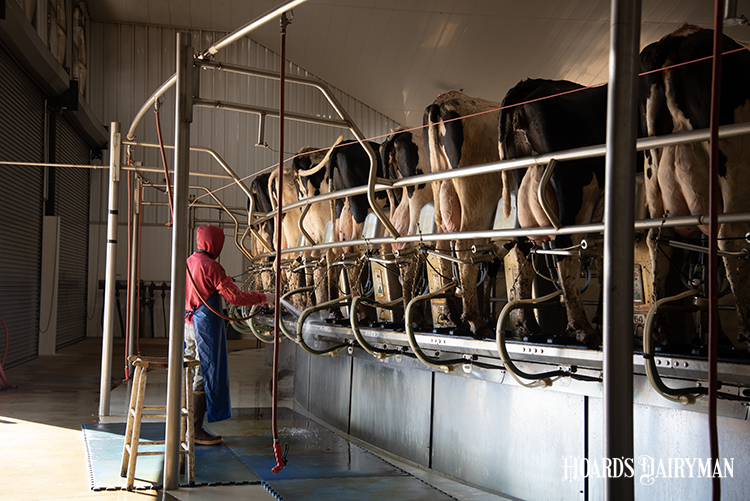
Many tasks on a dairy farm need to happen the same way, every day. From milking cows to feeding calves to mixing rations, many farms have protocols in place to ensure these processes happen consistently.
The reality, though, is that people can stray from even carefully designed standard operating procedures (SOPs). The difference between what is supposed to happen based on a written policy and what is actually happening on a day-to-day basis is often called procedural drift.
During a Penn State “Dairy Workforce Focus: Training and Drift” webinar, associate professor Lisa Holden said that procedural drift can creep in like a fog. “Just because you have SOPs in place, does not mean you are going to prevent drift,” she said. Bad habits take root like weeds, and the drift that happens can become part of normal operations.
People deviate from protocols for several reasons. A big one is simply human nature; it is common for humans to look for ways to make a task easier or faster. Production or financial pressures, the operational system of the business, or the leadership and overall culture of the organization can also result in procedural drift.
“Cutting corners can have devastating consequences,” Holden said. In some cases, human or animal safety may be at risk. Deviation from protocols can also be costly from a financial standpoint.
Holden offered some advice for limiting procedural drift on dairy farms. The first is to have SOPs in place that apply to every person doing a certain job. “Standard operating procedures should be standard for all,” Holden noted. “The reason why we have these procedures in place is so everyone does things the same. The consistency cows crave is gained through those standard operating procedures.”
Once a draft SOP is written, she encouraged farms to discuss them with employees and revise them as needed. Test the SOPs to make sure they work for the employees that will be using them, and be willing to review and update them as needed.
Training is another important part of protocol compliance. Holden said many farms do a good job with getting people trained initially, but that training wears off over time. “We need to go back and retrain, to make sure we are staying consistent with SOPs,” Holden noted.
Another key is taking time to monitor people who are doing the tasks, to understand what is happening and how well SOPs are followed. “If we don’t know as managers what’s happening, we can’t correct it,” Holden said. “Creating a culture of compliance starts with monitoring and correcting deviations.”
That culture of compliance was the final point Holden emphasized. “This is probably the hardest one,” she said. “It’s easier to write an SOP and train people than it is to create a culture of compliance, making sure people understand the why behind the protocols.”
By creating usable protocols, training and retraining, monitoring effectiveness, and creating a culture of compliance, farms can help prevent the procedural drift that can ultimately lead to performance, safety, or financial ramifications. “We are never going to stop the drift that happens when employees have protocols to follow, but if kept at a manageable level, we are much more likely to get the outcomes we want,” Holden concluded.








